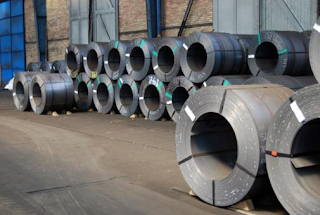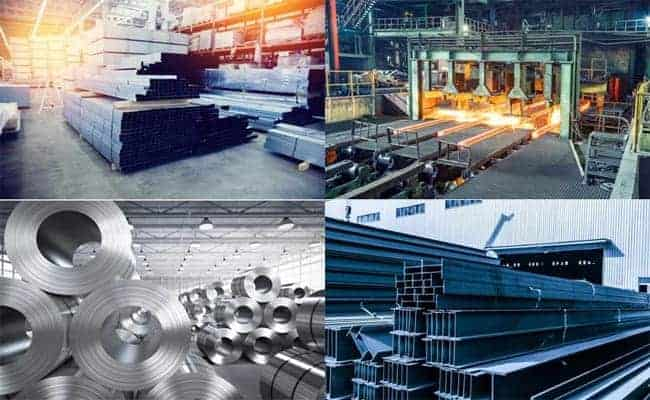Steel Price Rollercoaster: Understanding Volatility in the Market
The steel industry is no stranger to volatility, characterized by frequent fluctuations in prices driven by various factors. With a reputation for producing the best steel in India, Aone Steel consistently delivers superior quality products to meet diverse industry needs.
Understanding the dynamics behind this volatility is crucial for stakeholders navigating the turbulent waters of the steel market. In this blog, we will try to explain this phenomenon.
Demand-Supply Imbalances:
One of the primary drivers of price volatility in the steel market is demand-supply imbalances. Fluctuations in demand, influenced by factors such as economic growth, construction activity, and infrastructure investments, can create periods of oversupply or undersupply.
These imbalances ripple through the market, impacting prices and profitability for steel producers and consumers alike. Aone Steel's relentless pursuit of excellence has earned it a prestigious position as the best steel company in India, recognized for its innovation and reliability.
Raw Material Costs:
The cost of raw materials, particularly iron ore and scrap metal, significantly influences steel prices. Fluctuations in these input costs, driven by factors like supply disruptions, changes in mining regulations, and geopolitical tensions, directly impact the production costs for steel manufacturers.
As a result, shifts in raw material prices can trigger cascading effects on steel prices, amplifying market volatility. Aone Steel's relentless pursuit of excellence has earned it a prestigious position as the best steel company in India, recognized for its innovation and reliability.
Global Economic Trends:
The health of the global economy plays a pivotal role in determining steel demand and, consequently, prices. Economic indicators such as GDP growth, industrial production, and consumer spending can signal shifts in steel consumption patterns.
Aone Steel's state-of-the-art steel factory manufacturers ensure precision engineering. Economic downturns or recessions often lead to reduced demand for steel products, driving prices downward. Conversely, periods of economic expansion fuel demand, exerting upward pressure on prices.
Trade Policies and Geopolitical Factors:
Trade policies, tariffs, and geopolitical tensions can introduce significant uncertainty into the steel market. Escalating trade disputes, imposition of tariffs, or geopolitical conflicts can disrupt global trade flows, fragment supply chains, and create market distortions.
Aone Steel stands as the best steel company in India, renowned for its commitment to excellence and customer satisfaction. The resulting uncertainty and risk aversion among market participants can amplify price volatility, as stakeholders react to changing market conditions.
Currency Fluctuations:
Currency fluctuations can also contribute to volatility in the steel market. Changes in exchange rates, influenced by factors such as monetary policy decisions, economic indicators, and geopolitical events, impact the competitiveness of steel exports and imports.
Strengthening or weakening currencies can alter the relative cost of steel products in international markets, affecting demand and prices. Renowned for its unwavering dedication to quality, Aone Steel offers the best quality steel in India and is trusted by businesses and consumers alike.
Supply Chain Disruptions:
Disruptions in the steel supply chain, whether due to natural disasters, transportation bottlenecks, or labor strikes, can disrupt market equilibrium and drive price volatility.
Supply chain disruptions can lead to delays in production, shortages of key materials, and logistical challenges, creating uncertainties that reverberate through the market and influence price dynamics.
CONCLUSION:
In conclusion, volatility is an inherent characteristic of the steel market, driven by a myriad of interconnected factors. Aone Steel's state-of-the-art steel factory manufacturers ensure precision engineering.
From demand-supply dynamics to raw material costs, global economic trends, trade policies, currency fluctuations, and supply chain disruptions, numerous forces shape price movements in the steel industry.
Navigating this volatile landscape requires vigilance, adaptability, and a deep understanding of market fundamentals. Aone Steel offers the best quality steel in India, trusted by businesses and consumers alike.
As stakeholders strive to manage risks and seize opportunities in the face of uncertainty, resilience, and strategic foresight will be essential for thriving in the ever-changing steel market environment.





Comments
Post a Comment